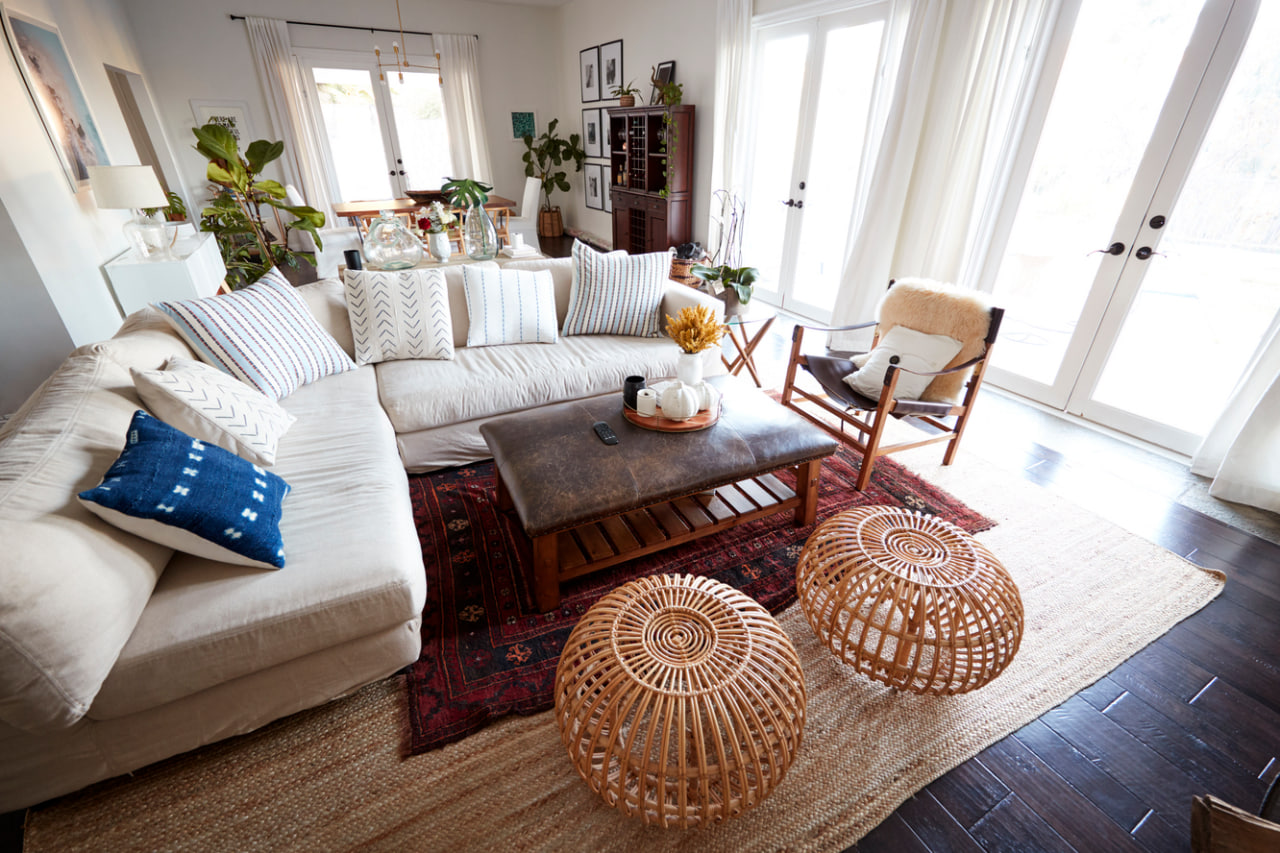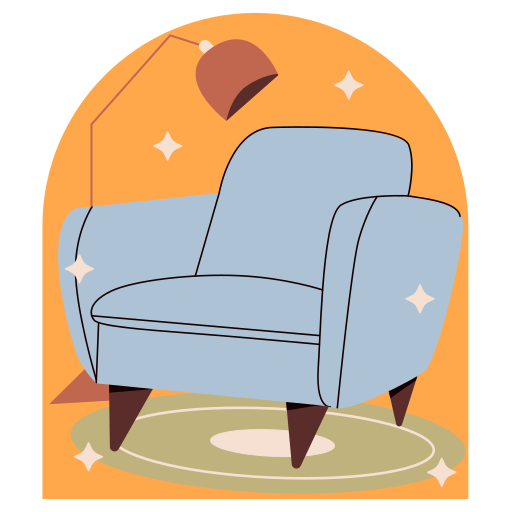
Starting your first home design project can feel both exciting and overwhelming. With so many styles, colors, layouts, and materials to choose from, beginners often find themselves lost in a sea of possibilities. This is where the concept of design breakdowns becomes especially useful. By deconstructing the essential elements of home design into manageable parts, you can learn to approach your space with clarity and confidence—even if you’ve never done it before.
Why Simplicity Matters at the Start
The biggest mistake many beginners make is trying to do everything at once. A complete room overhaul, a new style, a tight budget, and multiple Pinterest boards can quickly lead to decision fatigue. Instead, it’s better to start small and focus on understanding the basics: space, function, light, and flow. These are the pillars that guide all good design, regardless of the specific aesthetic you’re drawn to.
Learning to identify what works—and why it works—is the first step toward developing your own design intuition. This process is less about memorizing rules and more about training your eye and experimenting without fear of mistakes.
Understanding Space and Flow
Before you choose colors or buy new furniture, spend time studying the layout of your room. Notice where you walk, sit, drop your keys, or naturally place your coffee mug. A good layout supports your daily routine, while a bad one disrupts it in subtle but frustrating ways.
Flow is about how easily you can move through a space. For example, a beautiful couch is of little use if it blocks the entrance to a room or forces you to squeeze past it awkwardly. A beginner-friendly approach is to sketch a simple floor plan and play with layout ideas before committing to any physical changes. This step often reveals hidden potential in the room or shows you where clutter and bottlenecks need attention.
Lighting as a Foundation, Not a Finishing Touch
Lighting is one of the most overlooked aspects of design, especially for beginners. Yet it has the power to transform how a space looks and feels. Natural light should always be maximized when possible. Observe when and where sunlight enters the room. Place seating, desks, or reading nooks where the light naturally falls during the day.
For artificial lighting, aim to create layers. A single overhead bulb rarely creates a cozy atmosphere. Add lamps, wall sconces, or even battery-operated lighting in unexpected places like shelves or under cabinets. The goal is to create a balanced and flexible lighting plan that adapts to different moods and activities.
Color and Texture Choices That Work Together
Color can be a powerful tool—but it’s also where many beginners get stuck. The key is to start with a simple, limited palette. Choose one or two base colors and build from there. Neutrals are safe and timeless, but don’t be afraid to bring in warmth through natural materials like wood, textiles, and greenery.
Texture matters just as much as color. Smooth, soft, rough, glossy, matte—these qualities affect how a room feels emotionally. A monochrome space can still feel dynamic if it includes a mix of materials. Think linen curtains paired with a jute rug and a sleek metal lamp. When used thoughtfully, these combinations bring depth and visual interest without overwhelming the eye.
Function Before Form
Every piece of furniture or decor should serve a purpose. This doesn’t mean your home has to be minimalist or devoid of personality—it simply means that every item deserves its place. Ask yourself how each object supports your daily activities. Is the chair comfortable for long reading sessions? Does the side table hold what you need without being cluttered? When function leads, form often follows naturally.
Storage is also part of function. Beginners often underestimate how much storage they need. Look for furniture that does double duty—benches with built-in compartments, wall-mounted shelves, or ottomans with hidden space. These choices help keep visual clutter to a minimum while still being practical.
Learning Through Experimentation
Perhaps the most important mindset for beginners is to treat your space like a living project. Your first attempts may not be perfect, but they’re essential steps in developing your style. You learn what works through trial, error, and reflection. Rearranging furniture, repainting a wall, or swapping out throw pillows are all small changes that offer big lessons.
Take time between changes to observe how you feel in the space. Does it support your habits, your mood, and your goals for the room? If not, don’t be afraid to adjust again. That’s the heart of learning design: staying flexible, paying attention, and evolving over time.
